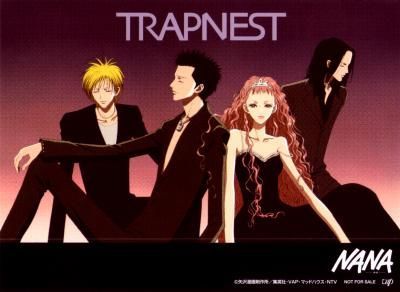

Also, VLAN can make a single switch appear as a multiswitch, whereas VRF can make a single router appear to be multiple routers.

Because both routing instances operate independently, they can use the same IP address without any friction.įurthermore, network functionality is better in this way because network paths can be segmented without needing multiple routers to do so. They are equivalent to the Layer 3 version of a Transmission Control Protocol/IP layer of a VLAN. What is the difference between VRF and VLAN?Įssentially, VRF uses the same methods of virtualization as virtual LANs ( VLANs). The following are some of the most frequently asked questions regarding virtual routing and forwarding. For this reason, VRF has gained popularity with corporate local area networks ( LANs), data centers and service providers using Multiprotocol Label Switching ( MPLS) and Multiprotocol Border Gateway Protocol (MP-BGP). In cases when VRF can't be used, customer traffic is routed using physical interfaces or subinterfaces with access control list-based filtering dividing the traffic. The purpose is to keep customer traffic and routing separate but through the same hardware. Virtual routing and forwarding provides a path to configuring multiple routing instances on either a router or Layer 3 switch. To prevent Customers A and B from mixing, a service provider puts each of them in a VRF. These tables prevent traffic from being forwarded outside a specific VRF path and also keep out traffic that should remain outside the VRF path. In addition, VRF requires a forwarding table that designates the next hop for each data packet, a list of devices that may be called upon to forward the packet, and a set of rules and routing protocols that govern how the packet is forwarded. But, while a logical router may include many routing tables, a VRF instance uses only a single VRF table. When this is done, it is referred to as VPN routing and forwarding. Internet service providers often take advantage of VRF to create separate virtual private networks ( VPNs) for customers. Because traffic is automatically segregated, VRF also increases network security and can eliminate the need for encryption and authentication.

This functionality increases connectivity by enabling network paths to be segmented without using multiple devices. Virtual routing and forwarding (VRF) is a technology included in Internet Protocol (IP) network routers that enables multiple instances of a routing table to exist in a virtual router and work simultaneously. What is virtual routing and forwarding (VRF)?


 0 kommentar(er)
0 kommentar(er)
